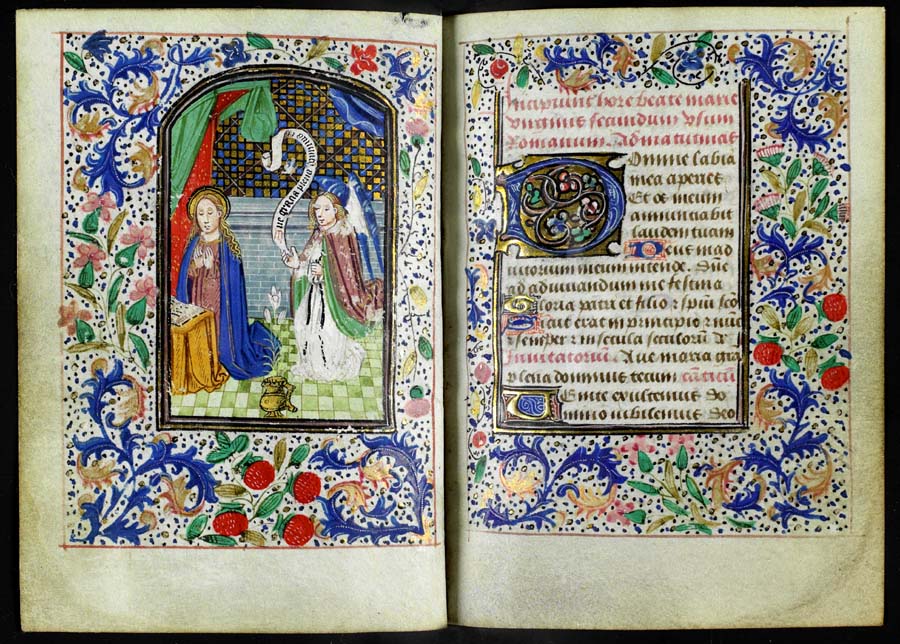zinniabooklover
Proud Member
- Joined
- Mar 3, 2022
- Messages
- 24,546
- Points
- 113
<so as not to ruin the mood, quietly abandons plan to post video clip of cold, snowy, blustery Britain>
Wow, I can even read most of it
Here it´s rainy, and we have some bit of sun ... then it was suddenly warmer today ... headache weather<so as not to ruin the mood, quietly abandons plan to post video clip of cold, snowy, blustery Britain>
Wow, I can even read most of it
But I want to tell you about the big and beautiful letter "K".
It's Bukvitsa (initial) - a large, different first letter of a chapter, section, or whole book.
The art of book design began to develop actively in early Christian times, when texts appeared. Texts were considered divine, and therefore required special treatment. At the same time, the bookplate appeared as an obligatory part of book decoration.
Primers were lavishly decorated with colored plant ornaments and images of people or animals intertwined with geometric patterns. The symbolic language of ancient alphabets is very complex and in many ways has not yet been deciphered.
The secret meaning of the alphabet
Bukvitsa is a border point where everyday life is interrupted and another world emerges - the one the text tells us about. It is the point where the mystery of nature (plant ornament), the mystery of human feelings and passions (they are depicted by animals and people) and the mystery of the word (the mystery of the transformation of man and the world under the influence of the word) intersect.
In pre-press times, special artists were engaged in the design of letters, so in ancient books all the letters are unique.
But then the Bukvitsa began to disappear, as everything in the world is on the path of simplification and minimalism. But still in some books, you can still find alphabets and it's beautiful!
This has really got my imagination going.Wow, I can even read most of it
But I want to tell you about the big and beautiful letter "K".
It's Bukvitsa (initial) - a large, different first letter of a chapter, section, or whole book.
The art of book design began to develop actively in early Christian times, when texts appeared. Texts were considered divine, and therefore required special treatment. At the same time, the bookplate appeared as an obligatory part of book decoration.
Primers were lavishly decorated with colored plant ornaments and images of people or animals intertwined with geometric patterns. The symbolic language of ancient alphabets is very complex and in many ways has not yet been deciphered.
The secret meaning of the alphabet
Bukvitsa is a border point where everyday life is interrupted and another world emerges - the one the text tells us about. It is the point where the mystery of nature (plant ornament), the mystery of human feelings and passions (they are depicted by animals and people) and the mystery of the word (the mystery of the transformation of man and the world under the influence of the word) intersect.
It's so disheartening. This is why I'm not keen on computer generated art. There is never any depth. Not that I can see, anyway.In pre-press times, special artists were engaged in the design of letters, so in ancient books all the letters are unique.
But then the Bukvitsa began to disappear, as everything in the world is on the path of simplification and minimalism. But still in some books, you can still find alphabets and it's beautiful!
Ooh, rather you than me. We talked about the self-mortification thing. I'll pass, thanks!I love it! If I were born during these times, I would have been a nun in a cloister writing hall, copying and decorating books!
ABOUT! This is an exciting reaction! I agree, I cannot comprehend the “soul” of digital creations... They seem to lose out to material things. Although digital art can also be exciting, cinema, for example)))omg! Fabulous post. Thank you so much.
This has really got my imagination going.
It's so disheartening. This is why I'm not keen on computer generated art. There is never any depth. Not that I can see, anyway.
Such a complete service to book artI love it! If I were born during these times, I would have been a nun in a cloister writing hall, copying and decorating books!
There is bukvitsy here too!I once bought a page of a incunabulum (early printed book) at an antique art fair. It is a page from a bible. I try to photograph it:
View attachment 3503
Still looks somewhat like a handwritten text, and the color and large letters was added by hand
Initially, this was the sort of thing I was going to post but then I saw that page of Russian text and I was sold. There was no caption so I wasn't even sure if it was from a religious text or what but, visually, it was so lovely I had to post it.I once bought a page of a incunabulum (early printed book) at an antique art fair. It is a page from a bible. I try to photograph it:
View attachment 3503
Still looks somewhat like a handwritten text, and the color and large letters was added by hand
Wow that's too beautiful aeghhhhhhhhhhhhhhhhhhhhhhhhh

This is the sort of thing I was going to post. This is a book of hours held at Glasgow University. But I dropped that idea once I saw the page of Russian text.There is bukvitsy here too!

Perfect !
